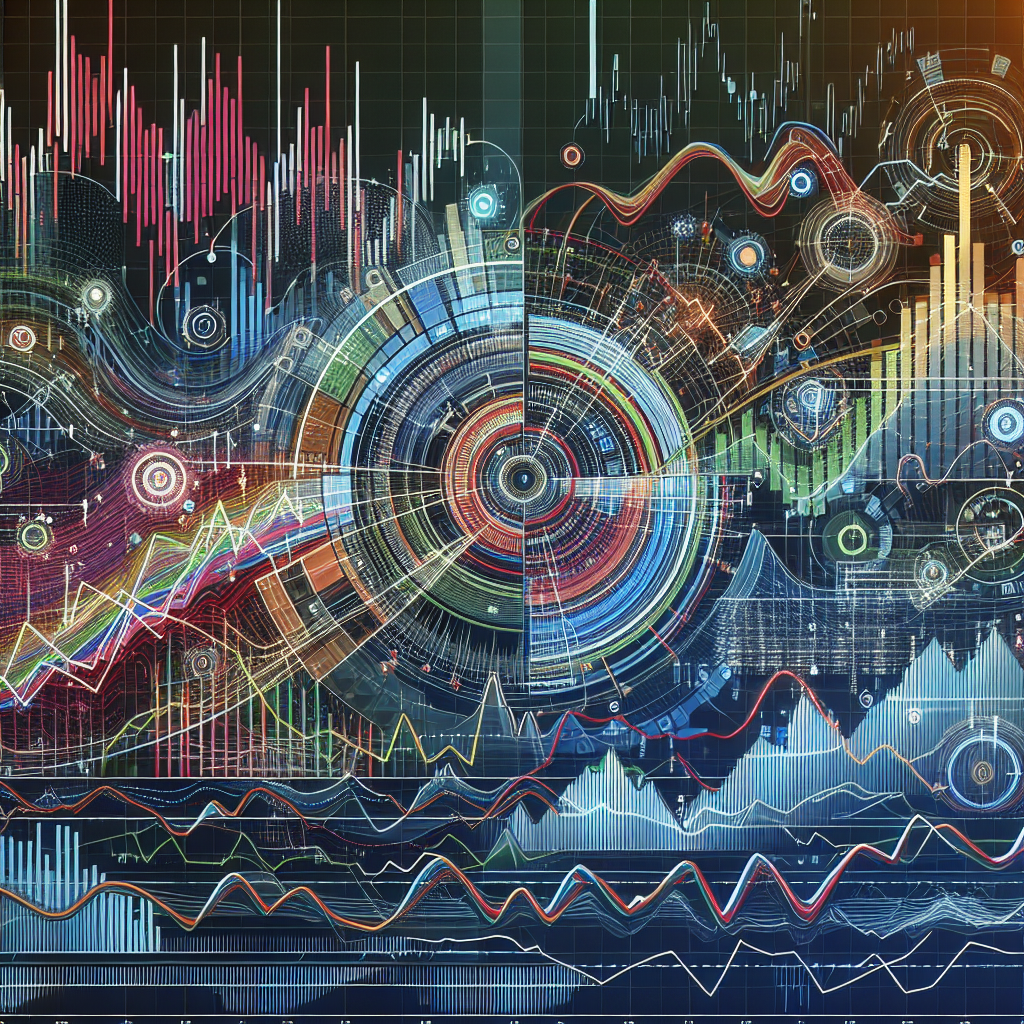
Pivot Point Trading Strategies
Pivot points are widely used by traders to identify potential support and resistance levels in the market. By using pivot points, traders can make informed decisions on when to enter or exit trades. In this article, we will discuss some popular pivot point trading strategies that traders can use to improve their trading performance.
1. Standard Pivot Point Strategy
The standard pivot point strategy involves calculating pivot points based on the previous day’s high, low, and close prices. The formula for calculating pivot points is as follows:
- Pivot Point (PP) = (High + Low + Close) / 3
- Support 1 (S1) = (2 * PP) – High
- Support 2 (S2) = PP – (High – Low)
- Resistance 1 (R1) = (2 * PP) – Low
- Resistance 2 (R2) = PP + (High – Low)
Traders can use these pivot points to identify potential entry and exit points for their trades. For example, if the price is trading above the pivot point, traders may consider going long with a target at the first resistance level.
2. Fibonacci Pivot Point Strategy
The Fibonacci pivot point strategy uses Fibonacci retracement levels to calculate pivot points. Traders can use Fibonacci retracement levels to identify potential support and resistance levels in the market. The formula for calculating Fibonacci pivot points is as follows:
- Pivot Point (PP) = (High + Low + Close) / 3
- Support 1 (S1) = PP – 0.382 * (High – Low)
- Support 2 (S2) = PP – 0.618 * (High – Low)
- Resistance 1 (R1) = PP + 0.382 * (High – Low)
- Resistance 2 (R2) = PP + 0.618 * (High – Low)
Traders can use these Fibonacci pivot points to identify potential entry and exit points for their trades. By combining Fibonacci retracement levels with pivot points, traders can improve the accuracy of their trading decisions.
3. Camarilla Pivot Point Strategy
The Camarilla pivot point strategy uses a different formula to calculate pivot points. The formula for calculating Camarilla pivot points is as follows:
- Pivot Point (PP) = (High + Low + Close) / 3
- Support 1 (S1) = Close – (High – Low) * 1.1 / 12
- Support 2 (S2) = Close – (High – Low) * 1.1 / 6
- Resistance 1 (R1) = Close + (High – Low) * 1.1 / 12
- Resistance 2 (R2) = Close + (High – Low) * 1.1 / 6
Traders can use these Camarilla pivot points to identify potential entry and exit points for their trades. The Camarilla pivot point strategy is popular among intraday traders as it provides clear levels for placing stop-loss and take-profit orders.
Overall, pivot point trading strategies are valuable tools for traders to identify potential support and resistance levels in the market. By using pivot points in conjunction with other technical indicators, traders can improve their trading performance and make more informed decisions.





